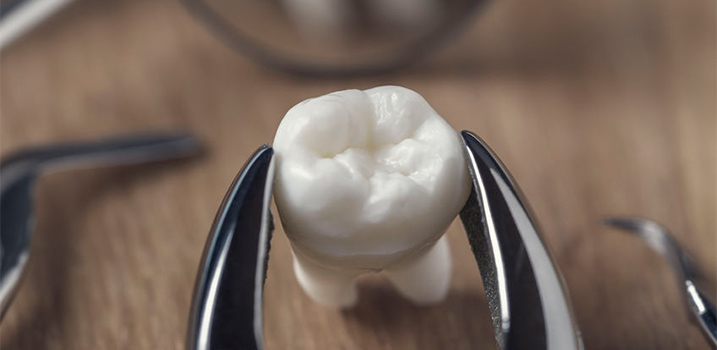
Dental Surgery
Surgical extraction of wisdom tooth – the wisdom tooth are the last to come through, right at the back. They usually appear when you are between 17 and 25, although sometimes they appear many years later. Now a days, people often have jaws that are too small for all 32 teeth – 28 is often the most we have room for. So if all the other teeth are persent and healty there may not be enough space for the wisdom teeth to come throught properly.
DO THEY ALWAYS CAUSE PROBLEMS ?
NO. If there is enough room they usually come through their position and cause no problems like any other tooth. Often there will be some slight discomfort as they come through, but this is only temporary and will disappear once the tooth is fully in position.
WHAT IS AN IMPACTED WISDOM TOOTH ?
If there is not enough room, the wisdom tooth may try to come through, but will get stuck against the tooth in front of it. The wisdom tooth will be at an angle, termed as ‘impacted’.
WHAT PROBLEMS SHOULD I BE PREPARED FOR?
If part of the wisdom tooth has appeared through the gum and part of it is still covered, the gums may become sore and perhaps swollen. Food particles and bacteria can collect under the gums edge, and it will be difficult to clean the area effectively. Your dentist will tell you weather this is a temprorary problem that can be dealt with by using mouthwashes and special cleaning methods or weather it is better to have the tooth removed.
WHAT CAN I DO TO HELP MY SELF?
If yours gums are sore and swollen, use a mouthwash or luke warm saline water with a teaspoonful of salt for gargles. Swish the salt water around the tooth, trying to get in to the areas toothbrush cannot reach. An antibacterial mouthwash can also be usefull for a short term, but see your dentist if the pain continues.
BUT IF IT DOES NOT HELP?
If the pain does not go away or if you find it difficult to open your mouth, you should see a dentist. They will be able to see the cause of the problem, and tell u what to do. The dentist may give you prescription of an antibiotic.
ARE X-RAY NEEDED?
The dentist will usally take x-rays to see the position of the root, and see whether there is room for the tooth to come through into a useful position.
Frequently Asked Questions:
When it is clear that the wisdom teeth will not be able to come through in a use full position because there is no enough room, and they are also causing some pain or discomfort. If they have only partly come through or decayed – such teeth will often be more likely to decay as it will be difficult to keep them clean. This often happens if the lower one has already been removed or is impacted and cannot come through, and the upper one has no tooth to bite against. The upper one will come down too far, looking for a tooth to make contact with. If they are painful.
It all depends on the position and the shapes of the root. Your dentist will tell you how easy or difficult each tooth will be to remove after looking at the x- rays. Upper wisdom teeth are often easier to remove than lower ones, which are more likely to be impacted.
Very occasionally there is a possibility of same numbness of the lip after the removal of lower tooth – your dentist will tell you if it is possible in your case.
You will probably have either a local anesthetic – as you would have for filling- or sedation. You could also have a general anesthetic but this will usually be given only in a hospital.
Taking wisdom teeth out may cause some swelling for a few days. But as soon as the area is healed, there will be no difference to your face or appearance. Your mouth will feel more comfortable, especially if the teeth were impacted.
The amount of discomfort on how easy it was to take the tooth out. There is usually some swelling and discomfort for a few days afterwards, and it is important to follow any advice you get about mouthwashes and so on, to help with the healing. Usually, painkillers like paracetamol, diclofenac or ibuprofen will usually deal with any pain. It is best to stay fairly quiet and relaxed for 24 hours after surgery to make sure there are no bleeding problems. There may be some stitches to help the gum heal over. Your dentist will probably want you to come again about a week later to check the healing, and to remove any stitches.

